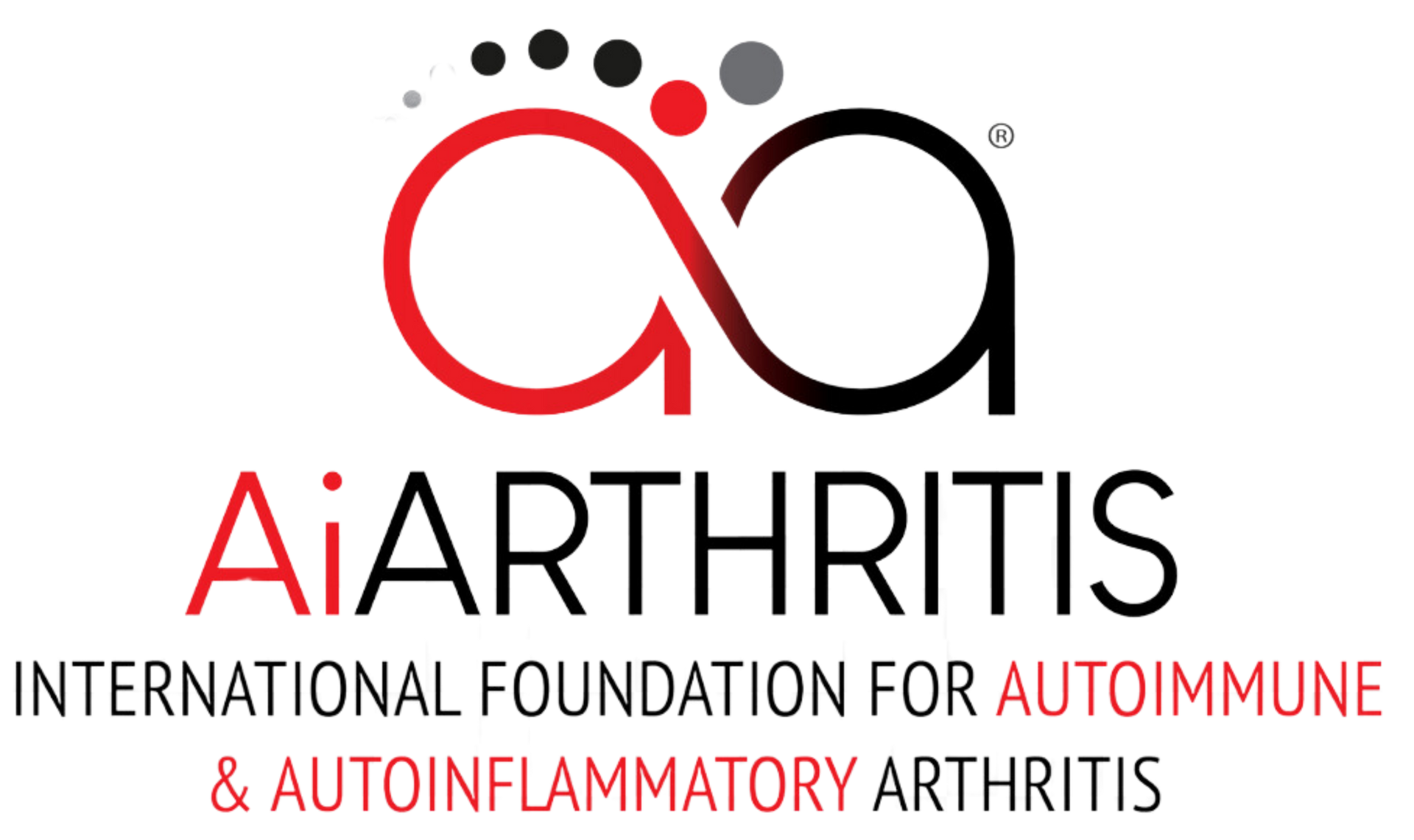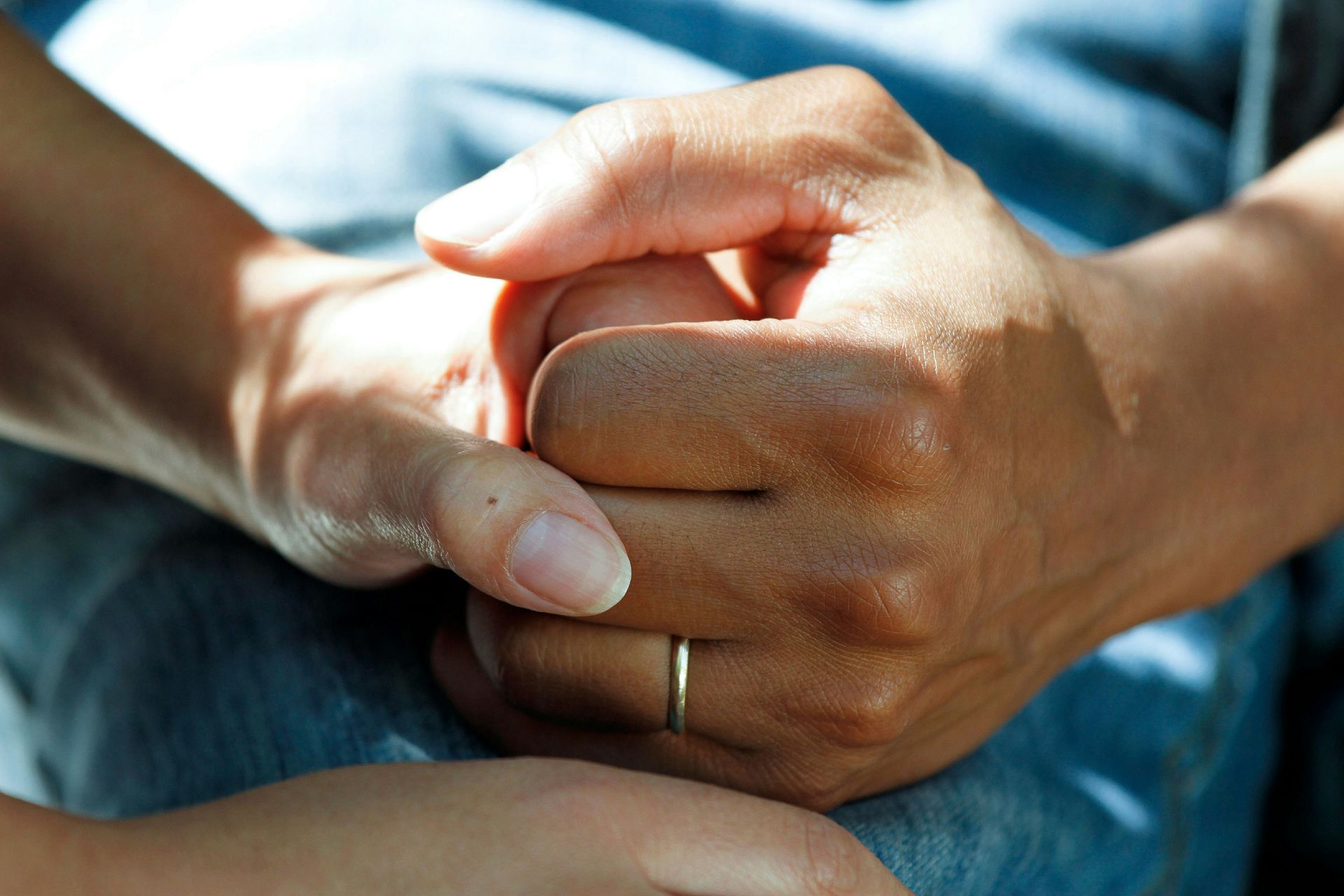Creating a Support Aid - For Your Entire Support Network
The suggestions below were developed based on patient experiences. This information should not replace advice from other professionals who help navigate the patient journey.
When a person is diagnosed with an AiArthritis disease, there's a lot of emotion they deal with and often they turn to their loved ones (family, significant other, friends) for support. But remember, those people are also adjusting to the situation and depending on their personality traits and coping skills they all are likely to react differently and, as a result, may need support themselves.
As we move through our disease journey, needs grow - for all involved. For example, often the disease is "invisible", which means because it is triggered by the immune system, the pain felt may be from inflammation and not necessarily the result of existing damage (there may not be any damage, that's the goal!) Also, fatigue and other "Auto" (autoimmune or autoinflammatory disease) features are often present. When traditional methods of treating fatigue and pain don't work, this can confuse both the patient and their support network. It can also result in misunderstandings and frustrations. This is why it is so important to listen and learn what everyone in the support network needs!
AiArthritis started this conversation in 2020 and 2021 in several of our
AiArthritis Voices 360 Talk Show episodes.* More recently, in the March 6th, 2022 episode
Supporting You, Supporting Me, Supporting Us,
Deb, Estela, and Tiffany went 'back to the table' to continue discussing the dynamics of support - including needs of the patient as well as others in the patient's support circle. During the discussion, they started to develop a support tracking tool to help patients and families/friends better assess their needs.
Estela, the sister of Juana, diagnosed with various conditions including lupus, rheumatoid arthritis, and fibromyalgia, talks about the families reaction - which involved worry, stress, and fear. But each person's reaction also was dependent on other factors, like personality traits and how each person handles stressful situations. Estela, who works in the healthcare space, stepped up to give supportive knowledge. Their mother felt fear and guilt, wondering if she did something to cause the illness. Yet a different family member “everything is going to be fine” mindset. Listen to the episode here.
Starting your Support Tool
Whether you do this on a computer, write the information on a piece of paper, or start journals for yourself and others in the support network, figure out how you want to start your communication needs tracking.
- Step One: Who is in your Support Network? This would include the person diagnosed and any other person who has a supporter role in their journey (family members, significant others, friends, co-workers, etc.)
- Step Two: Patient Assign Roles. Ask yourself, "What do I feel I need from each of these people?" For example, in the episode referenced above, Deb explains she relies on her husband to help with important medical decisions, friends for emotional support, and church members for assistance with food when she has challenges cooking.
Be sure to communicate with each person so they are clear about your expectations.
- Step Three: What are your need and the needs of the other members in your Support Network? Completing this part will likely require asking each of the people on the list a few questions, such as:
a. How are you feeling about (examples - the diagnosis, associated challenges, your role in navigating the healthcare journey)?
b. Is there anything each person needs to learn more about to help provide or receive support? (examples - the disease itself/symptoms/disease management)
The key here is to remember that support and associated needs are going to look very different for each person. Don't assume anyone knows what each person needs - ask!
- Step Four: Anything still missing? For each person in the Support Network, including the patient, ask yourself, "Do I still feel like I need support?" If the answer is yes, add your need to the list and then work to fill in that void. It may require joining a support group or speaking with someone outside of your inner circle (like a counselor).
- Step Five: Reevaluate as needs evolve. Consider the evolution of needs, which will include disease journey shifts and new people entering your Support Network.
Tips
- Be patient with one another.
- Listen and don't assume anyone knows what the other person needs.
- Validate each person understands their role and associated expectations.
- Remember that everyone has a different level of support capability. Personality traits, personal experience, ability to cope, and other factors can contribute.
We hope this helps you start a Support Network aid for you and those who are part of your journey with AiArthritis diseases. However, this is only the first version.
Do you have more tips and steps you think should be included? Let us know! Submit your comments:
- Email info@aiarthritis.org. Put Support Tool in the Subject Line
- What'sApp or Text: 1-314-282-7214. Put Support Tool in the Subject Line
Listen to the following Talk Show episodes on our website or where ever you 'do' podcasts:
- Episode 71: Supporting Me, Supporting You, Supporting Us (Revisit to the table, build on Episodes 43 & 46)
- Episode 48: Support: It's not so simple. Diverse needs for difference experiences. (Revisit to the table, Episode 43)
- Episode 43: Support - It's a Family Affair (Initial visit to the table)





